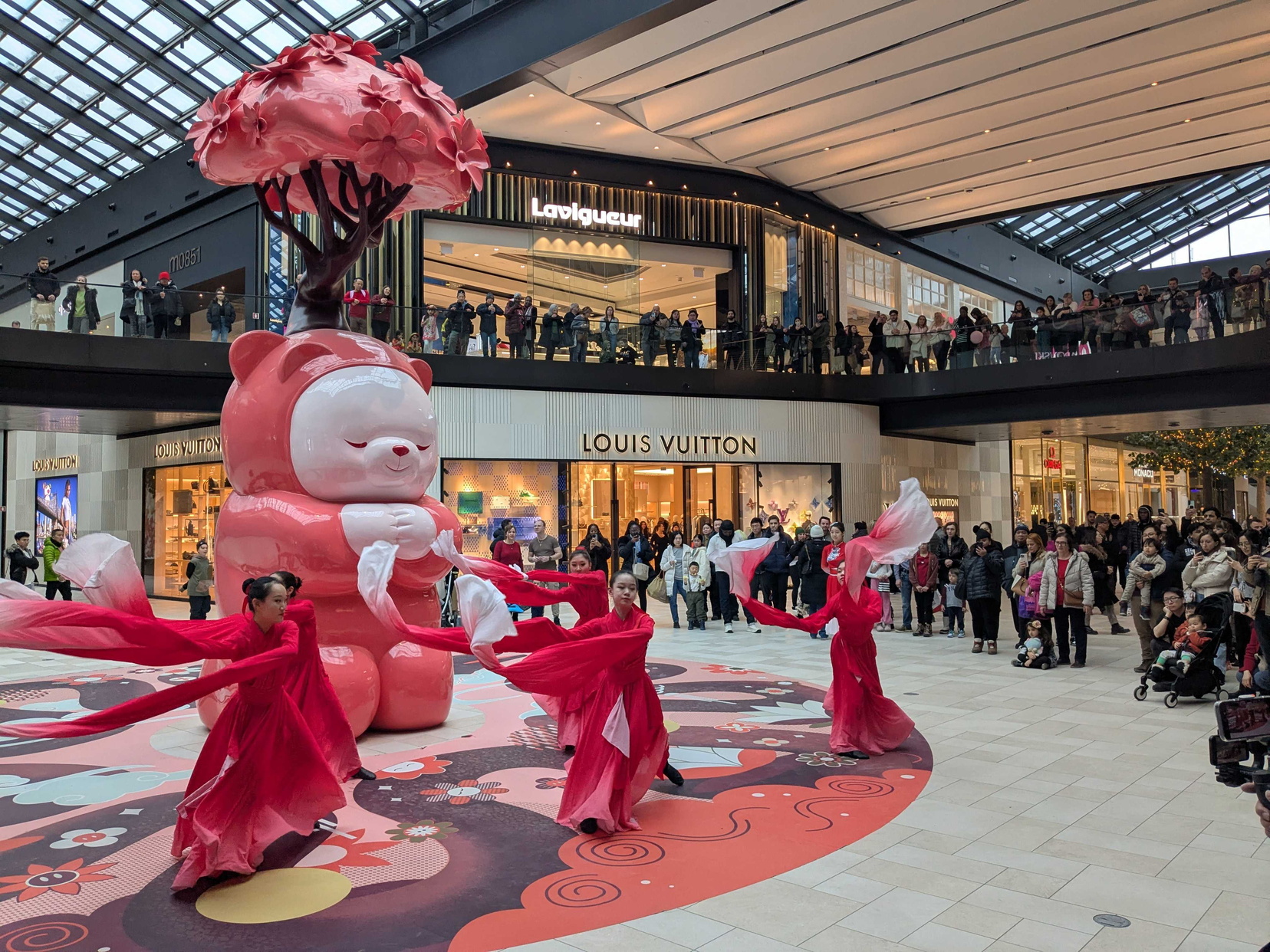Home /
Architecture alone is no longer enough to make a development stand out. The most successful real estate destinations – whether urban districts, mixed-use developments, or tourism hubs – aren’t just built; they are curated.
Creative placemaking – the integration of art, culture and design into the fabric of public spaces – has become a powerful branding and marketing tool. Art and culture have evolved from decorative afterthoughts to strategic assets that shape identity, fuel marketing, and create long-term value.
More and more developers are beginning to understand that they’re not just selling square footage – they’re selling a story, an experience, and a sense of belonging. People want more than beautiful buildings; they want places that they feel connected to, where they can see themselves reflected.
Today’s real estate marketing often sounds the same. Every new development promises luxury, lifestyle, and experience. But what truly makes a place memorable? The answer lies in cultural identity.
Creative placemaking brings authenticity to projects, turning generic developments into spaces people feel connected to – physically and emotionally, creating lasting impressions.
Take The Bentway in Toronto. What was once a neglected space beneath an expressway is now a dynamic public destination, brought to life through art and culture that reflects the city’s evolving identity. This wasn’t decoration or a design exercise; it was strategic.

Aesthetic decoration = a random mural or sculpture with no real tie-in.
VS
Strategic creative placemaking = art and culture that tell a story, build emotional connection, and align with the project’s overall brand and vision.
The most successful developments aren’t just well-designed, they’re built around a clear vision and a strong sense of purpose.
Approaching a project with cultural intention helps you:
From mixed-use developments and airports, hotels or transit hubs, the value of creative placemaking applies across all sectors.
At MASSIVart, we’ve seen firsthand how it can transform destinations. For example, at ROYALMOUNT in Montreal, we developed a comprehensive strategy for integrating art and culture throughout the site – from permanent public artworks to rotating seasonal installations and community-focused cultural programming. We leveraged the power of creative placemaking.
The result is a dynamic destination where art and culture are not decorative afterthoughts, but foundational tools for shaping identity, sparking emotional connection, and increasing brand value through meaningful, lasting engagement.

If art and culture have the power to shape perception, forge emotional connections, and elevate brand positioning, they can also drive real, measurable returns.
Developers who embed creative placemaking into their projects aren’t just shaping the identity and story of a place – they’re also unlocking economic value. Across sectors and geographies, strategically integrated art and culture have proven to attract investment, boost property value, increase foot traffic, and extend visitor dwell time.
As demonstrated in our research project with Toronto Metropolitan University and other industry collaborators, additional data clearly supports this approach:
Creative placemaking isn’t just an aesthetic choice. It supports real estate marketing and branding strategies with a people-first approach – creating lasting places people care about and delivering results developers can measure.
| Cookie | Duration | Description |
|---|---|---|
| cookielawinfo-checkbox-analytics | 11 months | This cookie is set by GDPR Cookie Consent plugin. The cookie is used to store the user consent for the cookies in the category "Analytics". |
| cookielawinfo-checkbox-functional | 11 months | The cookie is set by GDPR cookie consent to record the user consent for the cookies in the category "Functional". |
| cookielawinfo-checkbox-necessary | 11 months | This cookie is set by GDPR Cookie Consent plugin. The cookies is used to store the user consent for the cookies in the category "Necessary". |
| cookielawinfo-checkbox-others | 11 months | This cookie is set by GDPR Cookie Consent plugin. The cookie is used to store the user consent for the cookies in the category "Other. |
| cookielawinfo-checkbox-performance | 11 months | This cookie is set by GDPR Cookie Consent plugin. The cookie is used to store the user consent for the cookies in the category "Performance". |
| viewed_cookie_policy | 11 months | The cookie is set by the GDPR Cookie Consent plugin and is used to store whether or not user has consented to the use of cookies. It does not store any personal data. |